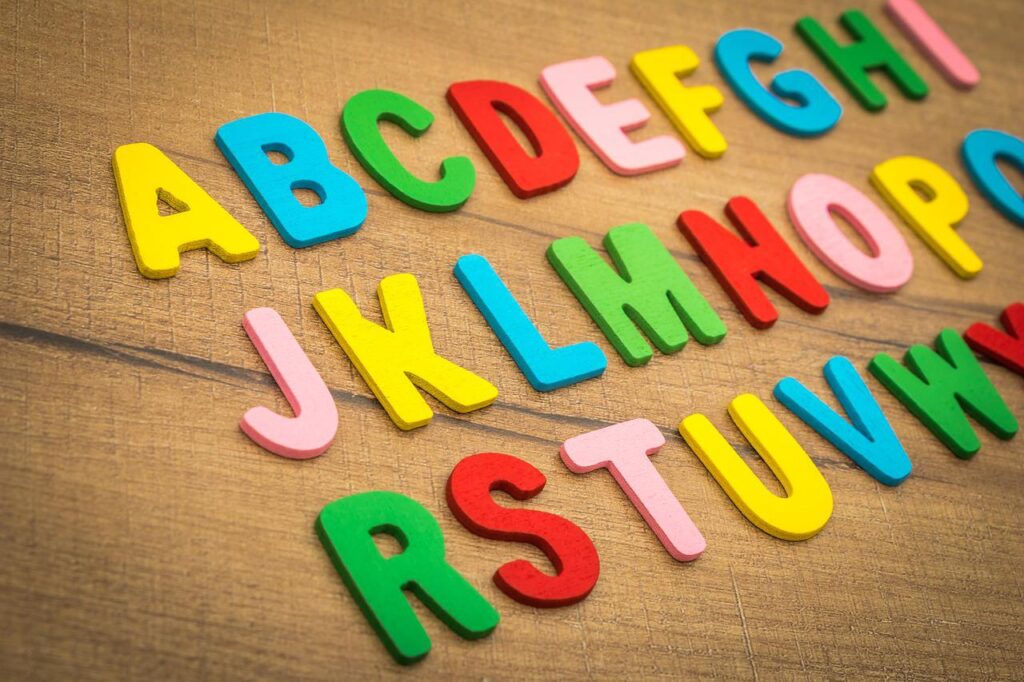Why Back-To-School Purchases Will Make Or Break Some Retailers
The precarious state of the inflated economy has some retailers relying on back-to-school sales to save them.
This article is more than 2 years old

Various seasons attract superfluous spending that retailers have smartly cashed in on. A big window for advertising is the holiday season or Christmastime, which has provided an opportunity for extended shopping that lets retailers accumulate excessive amounts of revenue. Besides the holiday season, excessive spending occurs in August, right before school. Back-to-school shopping is critical for retailers to gain lofty sales and appeal to their consumer base.
Back-to-school shopping will likely be highly competitive between retailers due to the precariousness of the economic market. Inflation, interest rate hikes, and more have affected superstores’ financial growth, with many of the largest retailers undergoing plummeting monthly profits. This year, retailers will have to pull out all stops to gain economic momentum and stabilize their stock market value. Accumulating revenue for back-to-school shopping is even more challenging for places that aren’t traditional grocery retailers. Non-food supply stores like dollar stores have more difficulty collecting profits during the back-to-school rush, which puts them at a financial disadvantage.
The back-to-school shopping period provides more than $100 billion in sales among the largest retailers. Office supplies stores, dollar stores, and non-food retailers selling necessary supplies like notebooks, rulers, and pencils scramble to attract buyers in August. It’s an even more competitive time since many companies are losing revenue, bringing forth a more anxiety-driven time for retailers who are all attempting to sell the same products. Non-food retailers will need to step up their advertising to secure a good chunk of the back-to-school revenue that the end of summer usually provides.
Brittany Steiger, an analyst for U.S. retail and e-commerce reports at the firm Mintel, stated that one of the most treacherous factors for business this year is the high inflation rate. “Inflation will have a big impact” on the shopping agenda of both parents and students alike, which could restrict the annual amount of back-to-school sales that standardly occurs. She added that many families could limit their discretionary item purchasing, which is commonly a large piece of retailers’ revenue. People going for the cheapest options and the best deals could also pit big retailers against each other.
Since discretionary items are less likely to attract the average, financially-crunched America, retailers will probably focus on offering better deals on essential back-to-school items. Basic supplies, like pencils, rulers, and erasers, will also likely be at the forefront of these retailers’ business plans, ready to meet the needs of the consumer base. Since people aren’t spending as superfluously without the stimulus checks of 2020, businesses must reorient their practices to gain their needed back-to-school profits.
Online transactions will be a large part of this year’s back-to-school spending. E-commerce retailers might instill more enticing offers for online purchasing to increase a customer’s overall expenditures. Implementing free shipping or similar deals is recommended to keep the customer spending more on necessary supplies. Without cutting the customer some financial slack, many might turn to other retailers with better online policies that aid with the current economic climate.
Back-to-school shopping is critical for giant retailers’ annual profits. Losing out on this lucrative time could severely damage a company’s earnings.








